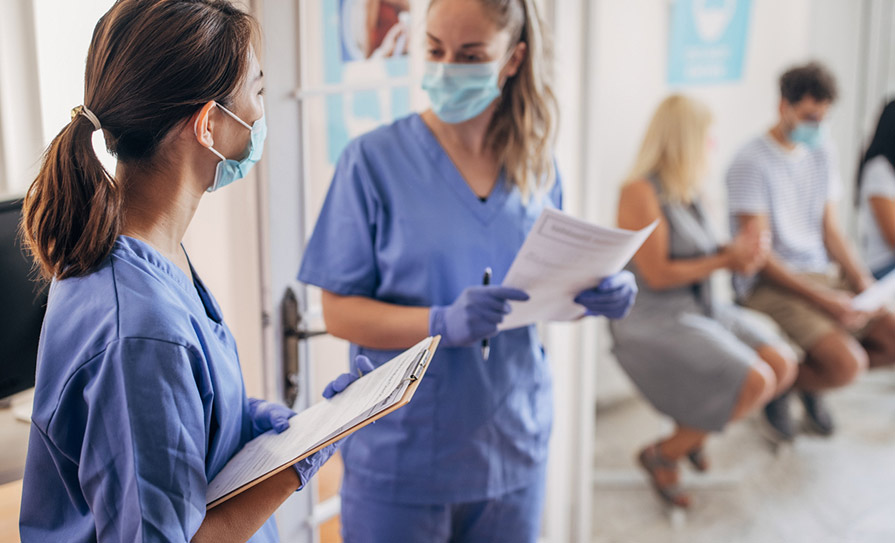The HSE’s Future Operating Model for Test and Trace has been presented to the HSE Board, with further work “now underway to consider options for additional service expansion”.
Implementation “for many parts commenced in the summer months”, said a HSE spokesperson.
The HSE confirmed it submitted costs to the Department of Health and this is “always being examined and revised based on new information”.
The report of the special Oireachtas committee on Covid-19, released on 6 October, stated the committee’s view that “if the State is to avoid further major lockdowns, the HSE must have a highly efficient and effective testing and tracing system”. The report said “the turnaround times are simply too slow”.
Meanwhile, under-resourced public health specialists have for months raised the fact that their skillset in investigating complex contacts, and outbreak investigation and control, cannot be reproduced by simply recruiting more contact tracers.
A HSE spokesperson told the Medical Independent funding has been secured as part of the HSE Winter Plan and in Budget 2021 for overall expenditure on the testing and tracing service.
“Full year costs could be in the region of €700 million in 2021 for 15,000 tests a day, however the exact costs will always be subject to some variation due to ongoing contractual negotiations (eg, laboratory services) and the level of symptoms in the population driving testing need (the more tests, the greater the costs).”
This plan includes the recruitment of a permanent workforce “in addition to leveraging the clinical and operational expertise embedded in our community services and this work has already commenced.
“The operating model will take into account the evolving needs and future potential service demands in the context of Covid-19 surges in disease transmission.
“As set out in the Government’s Recovery and Resilience Plan this service will be designed to be a highly scalable, responsive, and accessible service that provides easy, free access to Covid-19 test referrals seven days per week.”
The HSE said the model would provide for increased access to same-day swabbing appointments within one hour travel time for the vast majority of people; having one test centre in each county with increased swabbing capacity per centre and longer working hours seven days per week.
“Many sites will open 12 hours per day. In addition, pop-up sites will be established in areas where they are needed at short notice.”
There is a commitment to turnaround times for swab taken to result communicated “in line with international standards, in addition to other core metrics such as referral to appointment time”; a stable and appropriately sized and skilled workforce in excess of 3,000 staff; a “dedicated and suitable estate” – over 30 test centres, increased number of pop-up fleets, a number of dedicated contact tracing centres and administrative accommodation; “leading-edge” process and technology supporting the service and a continuous improvement approach; catering for a variety of user pathways, eg, symptomatic people in the community, close contacts of confirmed cases, asymptomatic vulnerable populations, outbreaks, serial testing, and acute hospital testing.
In June, the HSE board from Ms Niamh O’Beirne, National Lead for Testing and Tracing, who “confirmed the transition to the new operating model must commence in early September 2020, with some parts in place by as soon as July”, according to minutes.
At the end of July, the board received a further update and noted “the next steps are to prepare a case for funding and to progress best option to detailed design and identify testing locations, resourcing options etc”.













Leave a Reply
You must be logged in to post a comment.